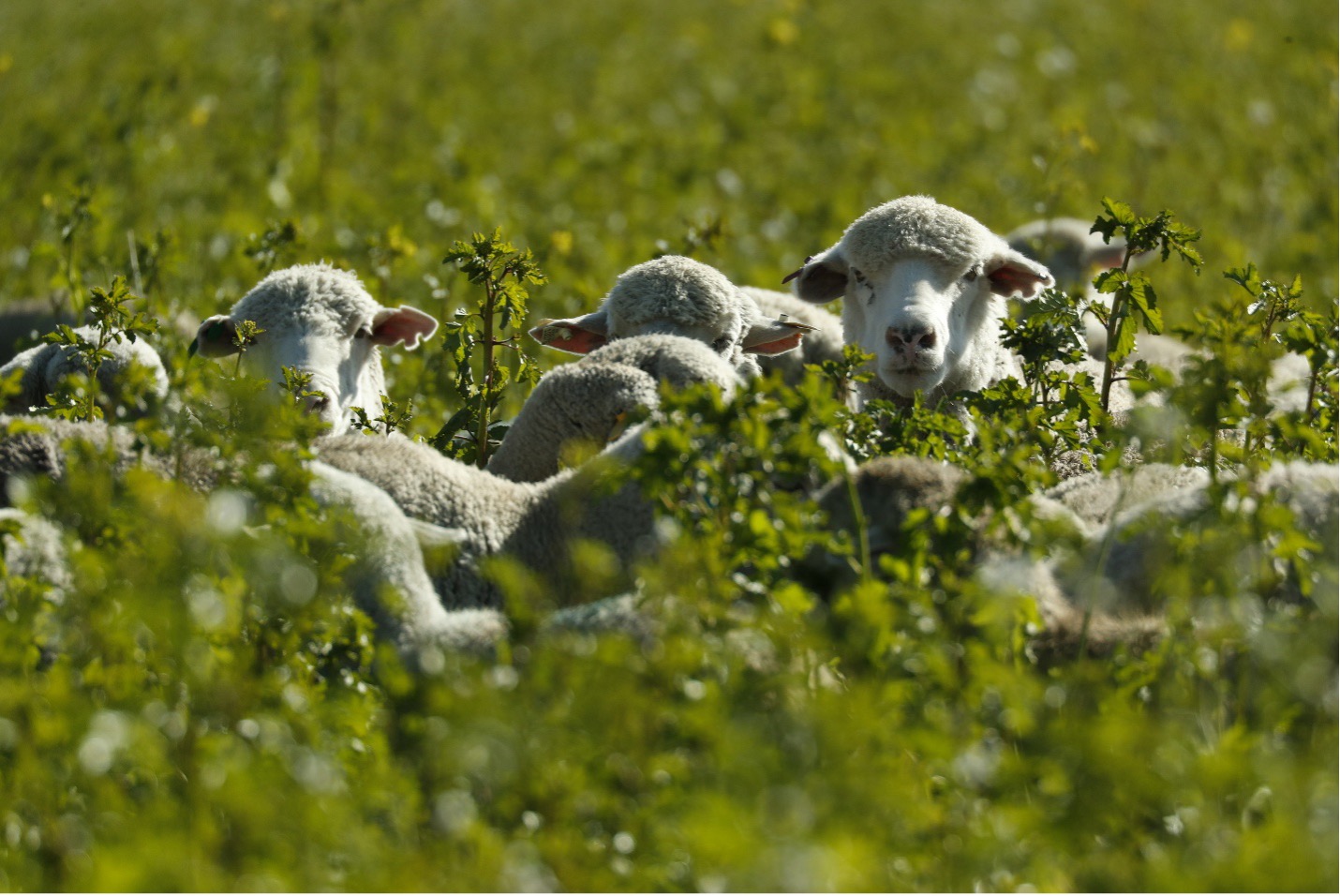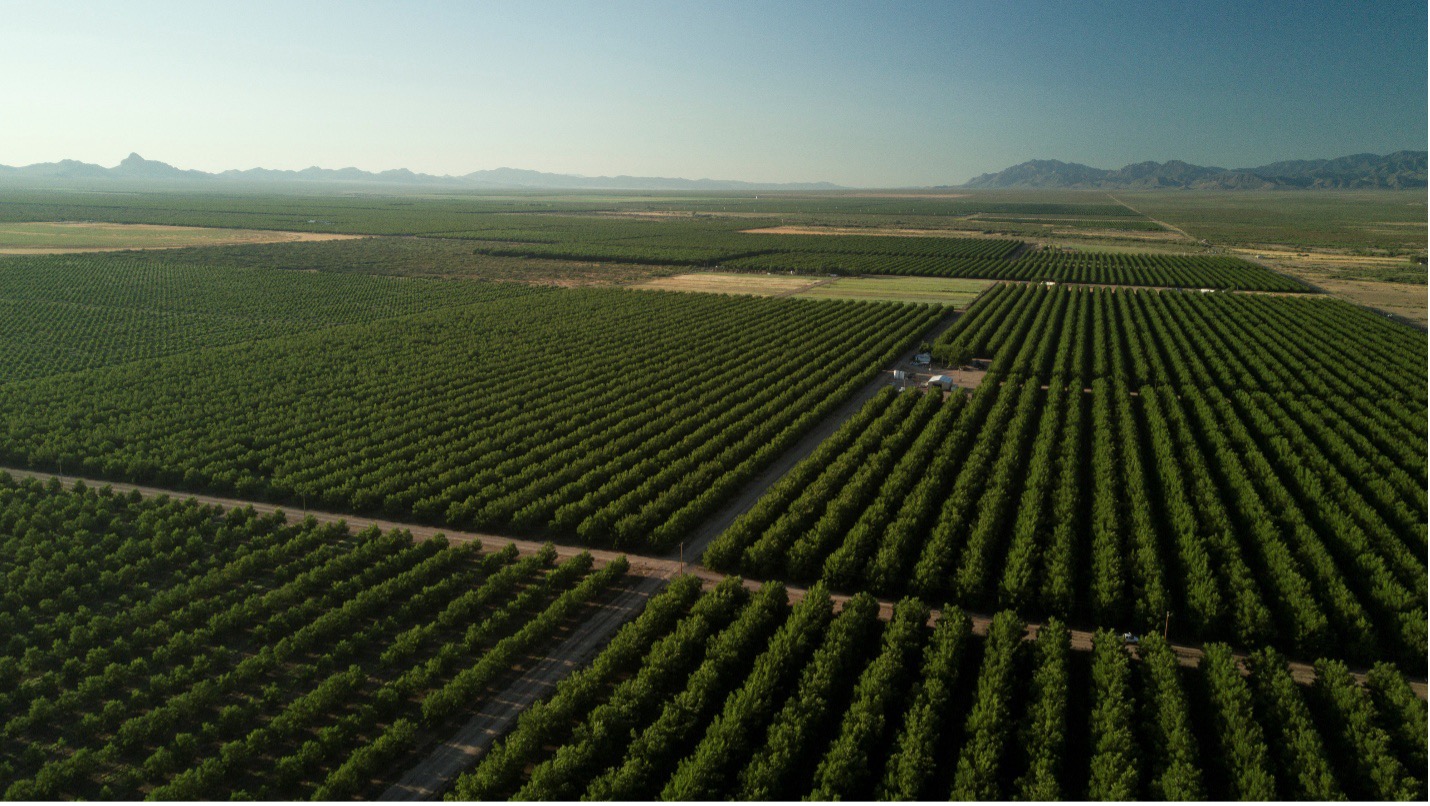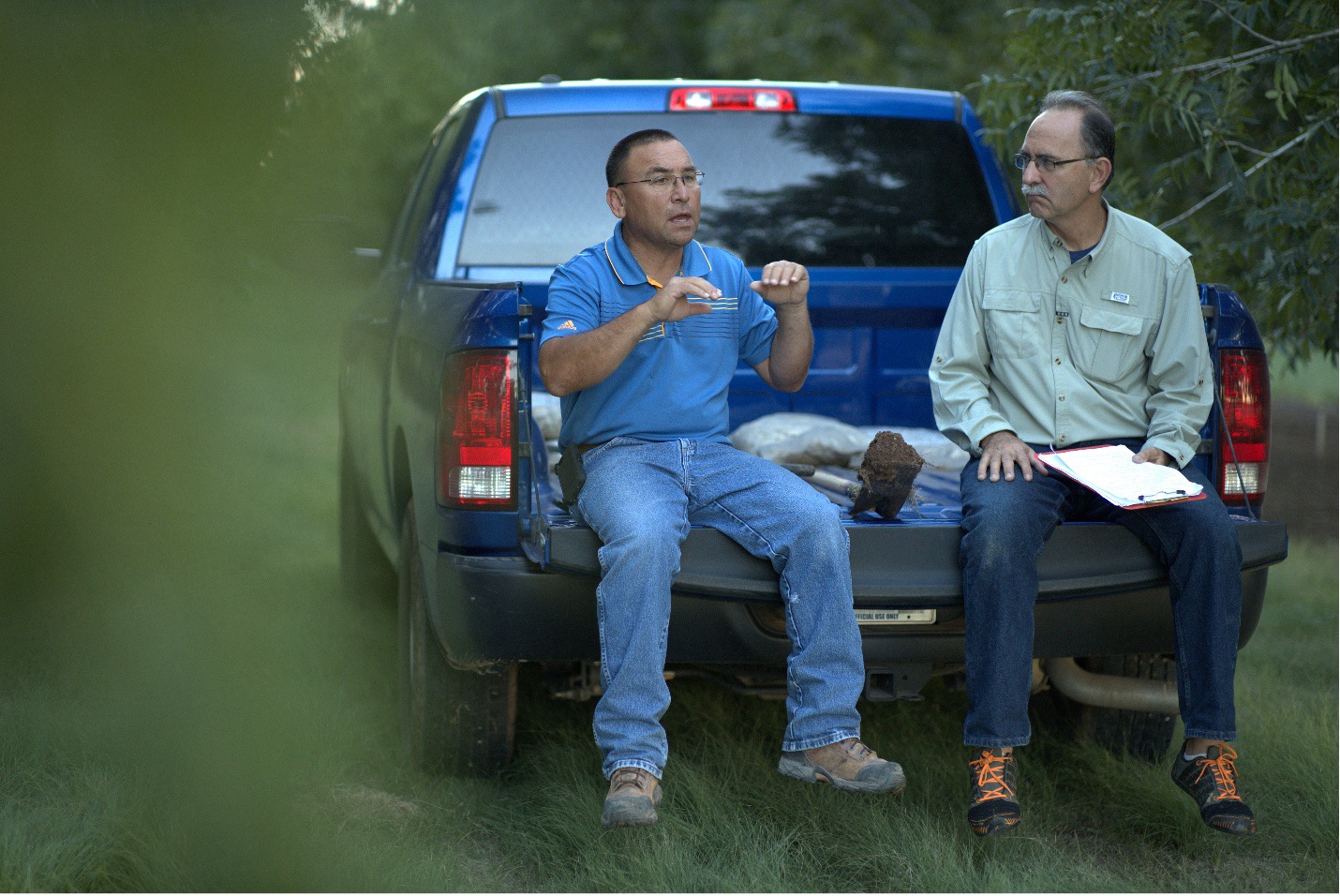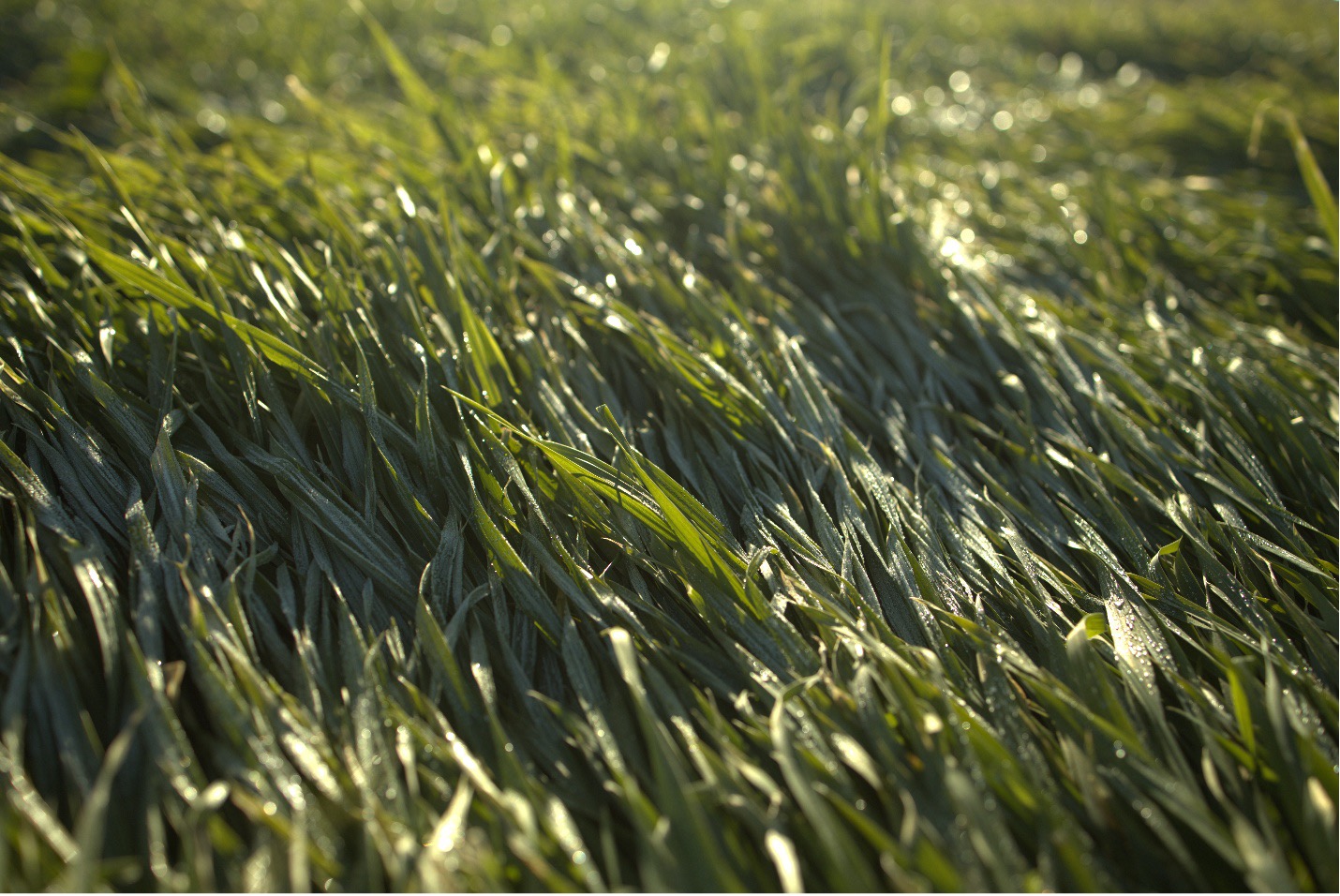The Regenerative Journey of an Heirloom Farmer


Nat Bradford is an heirloom vegetable farmer in Sumter County farming a variety of heirloom watermelons, okra, collards, and peanuts. With regenerative farming principles, he’s also keeping his family’s legacy of one historic Bradford fruit alive.

Nat’s first pass at cover cropping was a late batch of cool-season choices: vetch, oilseed radish, Austrian winter pea, and a couple variations of rye. “We had some really rough weather
through January and I think that stunted a lot of the plants out here,” says Nat. “Next year hopefully we'll have a much better stand going into the spring season, but at least it isn’t bare soil.” On his land, Nat also implemented a test patch with no cover crops where he saw an expected resurgence of weeds.

As climate conditions change, so do weather conditions. Climate shift can invite disruptions such as extreme weather events and changes in growing seasons. Cover cropping is a major way that farmers like Nat are bolstering the resilience and strength of their soil in the face of weather events and temperature shifts. According to the USDA, “Cover crop organic matter can help join soil particles into stable aggregates. These aggregates and cover crop root channels help soils resist erosion, and improve infiltration rates, and water holding capacity in drier conditions. Plant cover helps intercept and lessen the force of raindrops.”
One of the crops that Bradford is hoping to bolster through cover cropping is a historic watermelon that has been in his family since the 1800s. Since 2013, Nat has been planting saved seeds of the iconic Bradford Melon in the hopes of reviving his namesake’s historic, southern and sweet fruit. In this way, maintaining strong soil is important to his farming practice but also to preserving a facet of his heritage.

Nat is trying to transition his farm further toward an organic and regenerative model. For the last three years, his soil has seen no chemical inputs, and he is slowly phasing out tillage.
“You know I'd love to be able to rake my hands through the soil and see earthworms,” says Nat. “They're not there yet and I don't think we'll see that until we stopped tilling, but we've got it in cover this winter.”







